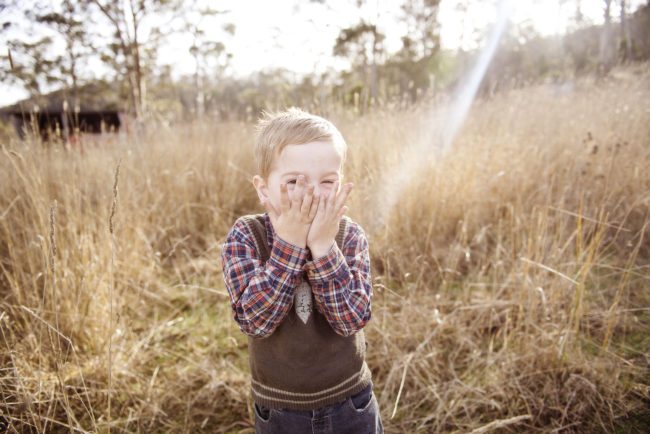A child’s gender can be revealed in their speech from age five, study reveals

(Pexels)
The way a child as young as five speaks can indicate their gender, a new study has shown.
Children of different genders have no physiological reason to sound different before puberty, but they do nevertheless.
Researchers have now found that this is because they choose which adults’ speaking styles to imitate – and the patterns they decide to copy can show whether or not they have gender dysphoria.

(Pexels)
Related: What treatment do young children receive for gender dysphoria and is it irreversible?
The study, conducted with 96 kids by Professor Ben Munson of the University of Minnesota, showed that the way a child says the letter ‘s’ could be revelatory.
Munson found of the children – some of whom have been diagnosed with gender dysphoria – a child who lisped or used a clear, hyper-correct manner while pronouncing an ‘s’ was more likely to have gender dysphoria.

(Pexels)
Munson, who is presenting the research at a meeting of the American Association for the Advancement of Science in Austin, Texas, said the results around the hyper-correct pronunciation reflected his previous work.
“This makes sense because that is the very same ‘s’ that is characteristic of gay male speech styles in the adult population,” said the professor.
But the findings around children with a lisp were surprising, he said.

(Pexels)
“We never see [that pronunciation] in adult men in gay populations or really in adult men very much at all, or women for that matter,” he said.
“But what we do find is that they are very prevalent in stereotypical portrayal of gay men’s speech.”
His team said pronouncing ‘s’ sounds with a lisp was more common in younger boys with gender dysphoria diagnoses, while saying it in a hyper-correct way was more common in older boys.

(Pexels)
But Munson warned that though gender dysphoria is a good predictor of whether a boy is gay, there are no long-term studies about whether speech traits in childhood can indicate sexuality.
Instead, he emphasised that his study shows children make conscious decisions about whose speech patterns to copy.
“It is evidence that children are picking and choosing among the people they encounter during language acquisition and that they are coming to emulate those people,” said the professor.

“The take-home message is language variation is pervasive.
“Seemingly subtle variation in language can convey social meanings learnt from a very early age,” he continued.

